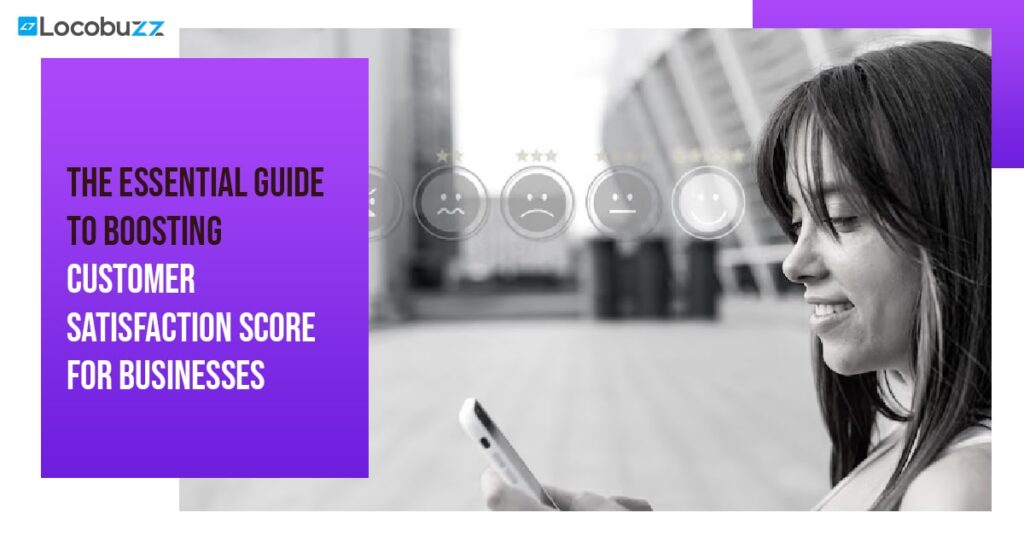Mastering Share of Voice: Strategies for Measuring and Increasing Your Online Presence
Mastering Share of Voice: Strategies for Measuring and Increasing Your Online Presence In this era of technology, it’s crucial for businesses to establish a formidable digital footprint to achieve success. To gauge your digital presence, one effective metric is “share of voice,” denoting the proportion of brand references within a specific market or sector. Measuring this metric can yield valuable insights regarding your digital presence, such as how you compare to your competitors and which platforms are generating the most traction. This write-up delves into the significance of share of voice in the realm of digital marketing and advertising. It also provides techniques for gauging and elevating it across multiple platforms. Additionally, it explores how businesses can harness this measuring system to spot opportunities for expansion and enhancement. What is share of voice? It refers to the percentage of the total conversation or advertising in a particular market or industry that a brand, product, or service has. It is a crucial metric for businesses to measure their marketing effectiveness and understand their position relative to their competitors. The term “voice” can refer to various channels of communication, including advertising, public relations, social media, and other forms of content marketing. In simpler terms, share of voice is the amount of attention or exposure a brand or product receives compared to its competitors in a particular market. For example, if a brand has a 30% share of voice, it means that it has received 30% of the total attention or exposure in that market. This metric is essential for businesses to monitor because it can provide valuable insights into the effectiveness of their marketing campaigns and help them adjust their strategies to gain more visibility and market share. Why Should You Measure Share of Voice? Measuring share of voice is essential for businesses to gain insights into their market position, assess their marketing effectiveness, and allocate resources more efficiently. Competitive analysis: Provides businesses with a clear understanding of their position relative to their competitors. By analyzing their competitors’ share of voice, businesses can identify gaps in their marketing strategies and adjust their approach to gain a competitive advantage. Marketing effectiveness: It is an essential metric for assessing the effectiveness of marketing campaigns. If a business has a low share of voice, it may indicate that its marketing efforts are not reaching the target audience effectively. By measuring this over time, businesses can track the impact of their marketing efforts and adjust their strategies as needed. Brand awareness: Share of voice is a measure of a brand’s overall visibility in the market. A high number of this indicates greater brand awareness and recognition, which can lead to increased customer loyalty and sales. Resource allocation: Measuring this can help businesses allocate their marketing resources more effectively. By identifying which channels and tactics are generating the most attention and engagement, businesses can focus their efforts and resources on the most effective strategies. Why does it matter for brands on social media? To attain success on social media, brands must measure their share of voice to spot major influencers, oversee their reputation, compare themselves with their rivals, and refine their content approach. This metric empowers brands to gain an in-depth understanding of their social media presence and make decisions that are guided by data, enabling them to improve their performance. For brands operating on social media, tracking share of voice is a vital metric that can unlock a wealth of valuable insights into their market position, brand awareness, and audience engagement. The role of social listening in increasing Share of Voice Social listening refers to the practice of monitoring social media platforms for brand mentions, customer feedback, and industry trends. Social listening is a valuable tool for businesses that want to increase their share of voice on social media. Here are some ways in which social listening can help businesses achieve this: Identify areas of opportunity: By monitoring social media platforms, businesses can identify areas where they can improve their share of voice. For example, they can identify topics or keywords that their target audience is interested in and create content around those topics to increase their visibility. Understand customer sentiment: Social listening enables businesses to understand how their customers perceive their brand, products, and services. By analyzing customer sentiment, businesses can identify areas where they need to improve and take proactive steps to address customer concerns. Monitor competitor activity: Social listening also enables businesses to monitor their competitors’ social media activity and identify areas where they can improve their own share of voice. For example, businesses can identify keywords or topics that their competitors are ranking for and create content around those topics to increase their visibility. Engage with customers: Social listening also enables businesses to engage with their customers on social media platforms. By responding to customer feedback, businesses can show that they care about their customers and are committed to providing the best possible service. Measure and track performance: Finally, social listening enables businesses to measure and track their share of voice on social media platforms. By analyzing their performance over time, businesses can identify trends and adjust their social media strategies to improve their share of voice. Social listening is a powerful tool for businesses that want to increase their share of voice on social media. By monitoring social media platforms, businesses can identify areas of opportunity, understand customer sentiment, monitor competitor activity, engage with customers, and measure and track their performance. By leveraging social listening and other digital marketing tools, businesses can achieve their goals and succeed in the highly competitive digital space. Benefits of Share of Voice for businesses Identify key influencers: By measuring share of voice on social media, businesses can identify influential users who are talking about their brand or products. These influencers can help amplify the brand’s message and reach a wider audience. Monitor brand reputation: Measuring share of voice on social media can help businesses monitor their brand reputation and identify potential issues. By tracking
Mastering Share of Voice: Strategies for Measuring and Increasing Your Online Presence Read More »










